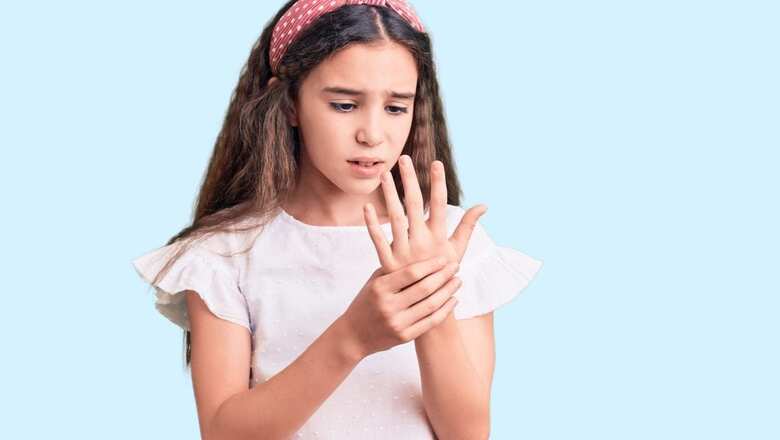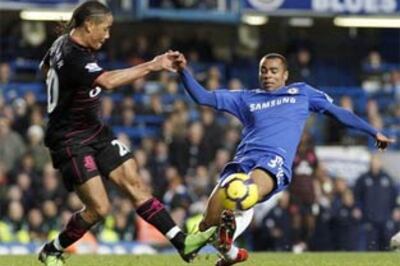
views
Juvenile arthritis (JA) refers to a group of chronic autoimmune diseases that affect children and adolescents, causing joint inflammation and stiffness. Early detection plays a crucial role in managing the condition effectively and preventing long-term complications. In India, while comprehensive nationwide statistics on juvenile arthritis are limited, there are indicators that highlight the need for early detection. According to the Indian Council of Medical Research (ICMR), around 20% of the Indian population consists of children under the age of 15. Among this population, the prevalence of juvenile arthritis is estimated to be around 1 in 1,000 children. However, the actual number may be higher due to underreporting and lack of awareness.
JA presents with a variety of signs and symptoms that can vary from child to child. It is important for parents, caregivers, and healthcare professionals to be aware of these signs in order to facilitate early detection and appropriate management. Dr Harish Puranik, Senior Consultant – Orthopedics, Fortis Hospital Nagarbhavi, says, “Early detection of juvenile idiopathic arthritis (JIA) is important because it can help to prevent or reduce joint damage. The symptoms of JIA can often be misunderstood by parents as children do not report their injuries and are likely to be passed off as something picked up during play.”
Dr Naman Jain, Consultant, Rheumatology, Ramkrishna CARE Hospitals, Raipur explains some common signs and symptoms of juvenile arthritis:
- Joint pain and swellingPersistent pain and swelling in one or more joints, often accompanied by warmth and tenderness, are key indicators of juvenile arthritis. The pain may be worse in the morning or after periods of inactivity.
- Joint stiffnessChildren with JA may experience stiffness, particularly after waking up in the morning or after prolonged periods of rest. Stiffness may also occur after physical activity or prolonged sitting.
- FatigueUnexplained fatigue and low energy levels are common in children with juvenile arthritis. They may tire easily and have difficulty participating in activities that require prolonged physical exertion.
- Limited range of motionJoint stiffness and swelling can lead to a reduced range of motion, making it difficult for children to move their joints fully. This limitation may affect activities such as bending, walking, or playing sports.
- FeverMany children with JA experience recurring fevers that tend to spike in the evenings. These fevers are often accompanied by other symptoms such as rash and malaise.
- RashSome forms of juvenile arthritis, such as systemic-onset JA, can cause a distinctive rash. The rash may be pink or pale and may come and go with the fevers.
- Eye inflammationIn certain types of JA, such as juvenile idiopathic arthritis (JIA) associated with uveitis, inflammation may occur in the eyes. Symptoms can include redness, pain, sensitivity to light, and blurred vision.
If your child is experiencing any of these symptoms, it is important to see a doctor right away. Apart from radiographs and routine blood tests, some specific tests are also recommended based on the symptoms. These tests can help to confirm the diagnosis of JIA and to determine the severity of the disease. However, in some cases even with negative tests, under strong clinical suspicion a diagnosis of JIA may still be made.
“Once JIA has been diagnosed, the doctor will develop a treatment plan for your child. The treatment plan will vary depending on the type and severity of the disease. However, most treatment plans include medication, physical therapy, and education,” adds Dr Puranik.
Early detection of JIA can help to prevent or reduce joint damage, and help in leading a normal life. It’s important for parents not to overlook any persistent symptoms of JIA. If you think your child may have JIA, please see a doctor right away.
Dr Pranik shares some tips for early detection of JIA:
- Be aware of the symptoms of JIA.
- See a doctor if your child is experiencing any of the symptoms of JIA.
- Ask your child about any pain or stiffness in their joints.
- Pay attention to your child’s activity level.
- Monitor your child’s growth and development.
- Early detection of JIA can help to improve your child’s chances of a good outcome
It is important to note that these symptoms can be similar to those of other conditions, and a proper medical evaluation is necessary for accurate diagnosis. “To ensure early detection, parents, caregivers, and healthcare professionals should be vigilant for warning signs. Timely referral to a rheumatologist is crucial for accurate diagnosis and appropriate treatment. Increased awareness campaigns and educational initiatives are needed to promote early recognition and reduce diagnostic delays. Efforts should be made to improve access to specialized healthcare services, especially in rural areas, to ensure early diagnosis and management of juvenile arthritis,” signs off Dr Jain.



















Comments
0 comment